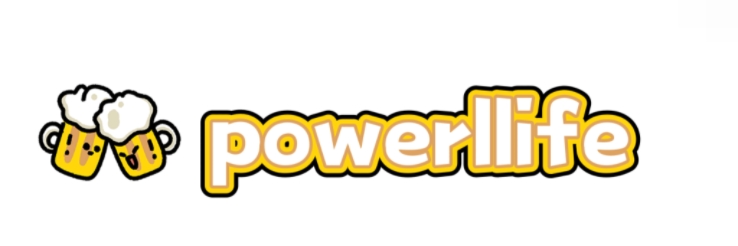Dragon Model vs Traditional Framework: Which Reigns Supreme?
The debate between the Dragon Model and traditional frameworks has sparked considerable interest in project management and organizational processes. Understanding the strengths and weaknesses of each approach can guide organizations in choosing the best strategy for their specific needs. Below, we delve into key questions regarding this comparison.
For more Dragon Modelinformation, please contact us. We will provide professional answers.
1. What is the Dragon Model?
The Dragon Model is an innovative project management approach that emphasizes flexibility, adaptability, and creativity. Unlike traditional methodologies, which often focus on linear progression and strict adherence to predetermined steps, the Dragon Model allows for a more dynamic flow of ideas and processes. It embraces change, promotes collaboration, and encourages teams to adjust their strategies as projects evolve.
2. What are the characteristics of the traditional framework?
Traditional frameworks, such as Waterfall or PMI-based approaches, share several common characteristics:
- Linear Process: Projects move through defined phases—initiation, planning, executing, monitoring, and closing—sequentially.
- Detailed Documentation: These frameworks require extensive documentation and upfront planning to outline every step.
- Predictability: The focus is often on predictability and following a set course of action.
3. What are the main advantages of the Dragon Model?
The Dragon Model boasts numerous advantages that can enhance project outcomes:
- Flexibility: Teams can easily adapt to changes and new information, which is crucial in today’s fast-paced environment.
- Collaboration: Encourages teamwork and creative input from all members, leading to innovative solutions.
- Client Engagement: The model promotes ongoing feedback from clients, ensuring that their needs and concerns are addressed throughout the project.
4. What are the potential drawbacks of the Dragon Model?
Despite its many benefits, the Dragon Model does have some downsides:
- Less Structure: The flexibility might lead to confusion among team members regarding priorities and project goals.
- Documentation Challenges: The focus on adaptability may result in insufficient documentation, which can complicate tracking progress.
5. How does the Dragon Model compare to the traditional framework in real-world scenarios?
In practice, both models can be effective depending on the project at hand:
- Creative Projects: The Dragon Model is often superior for creative industries, where innovation and client feedback are vital.
- Regulated Industries: Traditional frameworks may be more suitable for projects in heavily regulated fields, where strict guidelines must be followed.
6. Which model should an organization choose?
The choice between the Dragon Model and traditional frameworks largely depends on the organization’s goals, the industry, and the specific project needs:
- Assess Project Requirements: Know your project's demands and whether they require flexibility or strict adherence to rules.
- Consider Team Dynamics: Evaluate how your team's collaboration style aligns with the strengths of each model.
- Evaluate Risk: Identify potential risks and develop strategies that benefit from the advantages of either model.
In conclusion, both the Dragon Model and traditional frameworks have their unique strengths. Organizations can thrive by understanding the nuances of each approach and selecting the one that best suits their specific context and objectives.
Are you interested in learning more about China Dino Costume Factory? Contact us today to secure an expert consultation!

Comments